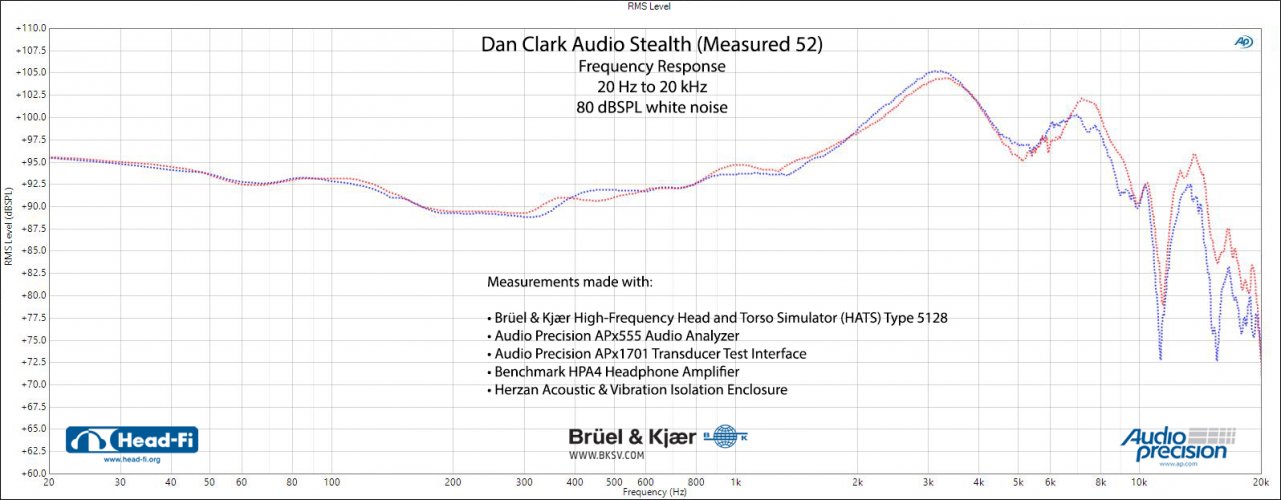ADUHF
Headphoneus SupremusMusic And Measurements
I don't see how the Harman curve can have errors. It's an averaged preference of a wide range of people. It isn't intended to be an absolute thing. It is what most people prefer. Are you saying most people don't prefer the Harman target?
If you think the Harman target is attempting to replicate the experience of listening to a speaker system, then yes it's riddled with errors. Headphones can only replicate certain aspects of speakers. The most important and unique aspects of speaker listening are impossible to reproduce using headphones without heavy digital signal processing, head tracking and custom HRTF. Response may be the most important aspect of headphone listening, but with speakers, that is only half of it. There are many more things that affect timing and directionality and the way each person hears that are completely beyond the realm of headphone listening.
I think the attempt to make headphones sound like speakers is kind of like having your cake and eating it too.
Thank you for the reply. You have some good thoughts here which I mostly agree with. But I think you are confusing the issue a bit by potentially mixing together two different concepts or concerns. One being the subjective nature of the Harman target, and (I assume) its relevance or lack thereof as a neutral response curve. And the other being the inadequacy of frequency response curves generally as a way of approximating all the characteristics of a loudspeaker in a room.
I think I've already responded to the latter in previous discussions. And basically agreed with you that it is not possible to approximate all the characteristics of a loudspeaker's behavior in a room by simply adjusting a headphone's frequency response. And that is still my position. So we probably agree on that much.
Re the subjective nature of the Harman curve, I do not dispute that it is the average preference of the test subjects in the Harman study. I question its usefulness and precision though, in some ways, with most of the currently available measurement data. And also its accuracy as a model for the steady-state frequency response of a neutral loudspeaker in a typical semi-reflective room. Which may not have been its sole or original purpose. But one which it ultimately seems to have acquired (at least in some people's minds) through its ubiquity.
Last edited:





















 IAC, I've explained my reasoning for doing so already. And don't really see much need to further justify it.
IAC, I've explained my reasoning for doing so already. And don't really see much need to further justify it.